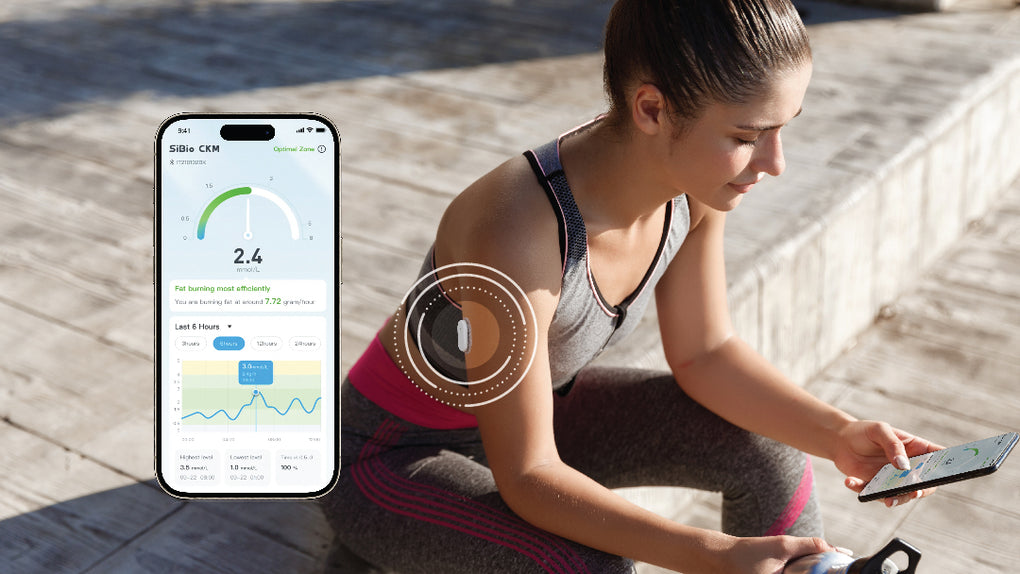Fat-Burning Flexibility: Gentle Yoga Flows for Keto Lifestyle

In the quest for an optimal keto lifestyle, the synergy between low-carb diet and exercise plays a crucial role. Integrating gentle yoga flows into your routine can not only enhance flexibility but also boost the fat-burning effects of a ketogenic diet. In this blog post, we'll explore how the combination of yoga and keto can be a powerful duo for overall well-being.
- Understanding the Keto Advantage:
Before diving into the yoga flows, let's briefly recap the fundamentals of a ketogenic diet. By primarily relying on fats for energy, the body enters a state of ketosis, where it burns fat for fuel instead of carbohydrates. This metabolic shift promotes weight loss and enhances energy levels.
- The Role of Yoga in Fat-Burning:
Yoga is renowned for its ability to improve flexibility, balance, and mindfulness. What many may not realize is its potential to amplify the benefits of a keto lifestyle. Gentle yoga poses engage muscles and encourage the release of stress, which can contribute to weight loss by reducing cortisol levels—a hormone linked to abdominal fat.
- Gentle Yoga Flows for Fat-Burning:
- Mountain Pose to Forward Fold (Uttanasana):
- Start by standing tall in Mountain Pose.
- Inhale, raise your arms overhead.
- Exhale, hinge at your hips, and forward fold.
- This pose engages the core and promotes blood circulation, aiding in fat mobilization.
- Downward-Facing Dog (Adho Mukha Svanasana):
- Begin on your hands and knees.
- Lift your hips towards the ceiling, forming an inverted V-shape.
- This pose targets multiple muscle groups, including the core and upper body, facilitating fat burning.
- Warrior II (Virabhadrasana II):
- From Downward-Facing Dog, step one foot forward.
- Extend arms parallel to the floor, creating a strong stance.
- Warrior II strengthens the legs and activates the abdominal muscles.
- Seated Forward Bend (Paschimottanasana):
- Sit with your legs extended in front.
- Hinge at your hips, reaching for your toes.
- This seated pose stretches the spine and stimulates digestion, promoting a healthy metabolism.

Image Source: https://www.arhantayoga.org/seated-forward-bend-paschimottanasana/
- Mindful Breathing Techniques:
Integrate mindful breathing into your yoga practice to enhance its fat-burning effects. Techniques such as deep diaphragmatic breathing and Ujjayi breathing can stimulate the metabolism and promote a sense of calm.
- Continuous Ketone Monitoring:
Integrating ketone monitoring into your keto journey is now easier than ever with SiBio KS1 Continuous Ketone Monitoring (CKM) System. This advanced ketone monitoring device, complete with user-friendly SiBio app, provides real-time insights into your ketone levels, ensuring optimal fat burning.
- Real-Time Tracking:
Get instant feedback on ketone levels, allowing you to monitor your body's response to dietary changes in real time.
- Uninterrupted Usage:
Enjoy 24/7 monitoring for up to 14 days, offering a comprehensive overview of your ketone levels day and night.
- Waterproof & Sweatproof:
Designed to withstand workouts and daily activities, the SiBio KS1 CKM is waterproof and sweatproof, ensuring uninterrupted usage.
- No Fingersticks:
Say goodbye to regular fingersticks – the SiBio KS1 CKM makes monitoring painless and hassle-free.
- Fueling for Yoga on Keto:
To ensure energy levels stay robust during yoga without compromising ketosis, focus fueling decisions around the macronutrients conducive to fat burning:
- Fat: Consume healthy fats like avocado, coconut oil, MCT oil or fat bombs a few hours before practice to provide lasting fuel supply.
- Protein: Aim for protein with meals or snacks ahead of class to prevent muscle breakdown. Opt for eggs, fish, nut butters or cooked meats.
- Carbs: Limit net carbs from fibrous greens and low-sugar nuts/seeds. Save any indulgences for post-workout replenishment.
- Hydration: Drink plenty of water throughout the day to remain energized during yoga without feeling heavy.
- Energy levels: If blood sugars drop during class, a small portion of nut butter or coconut provides a quick pick-me-up.
Proper fueling primes the body to melt fat stores efficiently through low-impact yoga movement while keeping you satiated and strong on the mat.
Conclusion:
Whether you're a seasoned yogi or a devoted keto enthusiast, the fusion of these practices holds the potential for a transformative journey towards holistic well-being. Embracing the fat-burning flexibility inherent in gentle yoga flows not only enhances physical suppleness but also synergizes with the metabolic benefits of the ketogenic lifestyle. This amalgamation creates a harmonious balance, amplifying the positive impact on your overall wellness journey.
FAQs:
Q: What kind of yoga is best for keto?
A: Gentle slow-paced yoga styles like Hatha, Yin or restorative yoga allow deep stretching and flexibility gains without pushing the body too hard. They don't raise heart rate or intensity too much which could disrupt ketosis. Focus is on breathwork over strenuous poses.
Q: What should I eat before a yoga session on keto?
A: Before a yoga session on a keto diet, consider a light and easily digestible meal or snack that provides sustained energy. Options include:
- Avocado: Rich in healthy fats.
- Nuts and seeds: Almonds, walnuts, or chia seeds are good choices.
- A small amount of lean protein: Such as chicken or turkey.
- Greek yogurt: Opt for a low-carb version.
- Vegetables: Non-starchy options like cucumber or bell peppers.
It's important to listen to your body and find what works best for you. Experiment with different foods ad timings to see how your body responds before and after your yoga practice.





